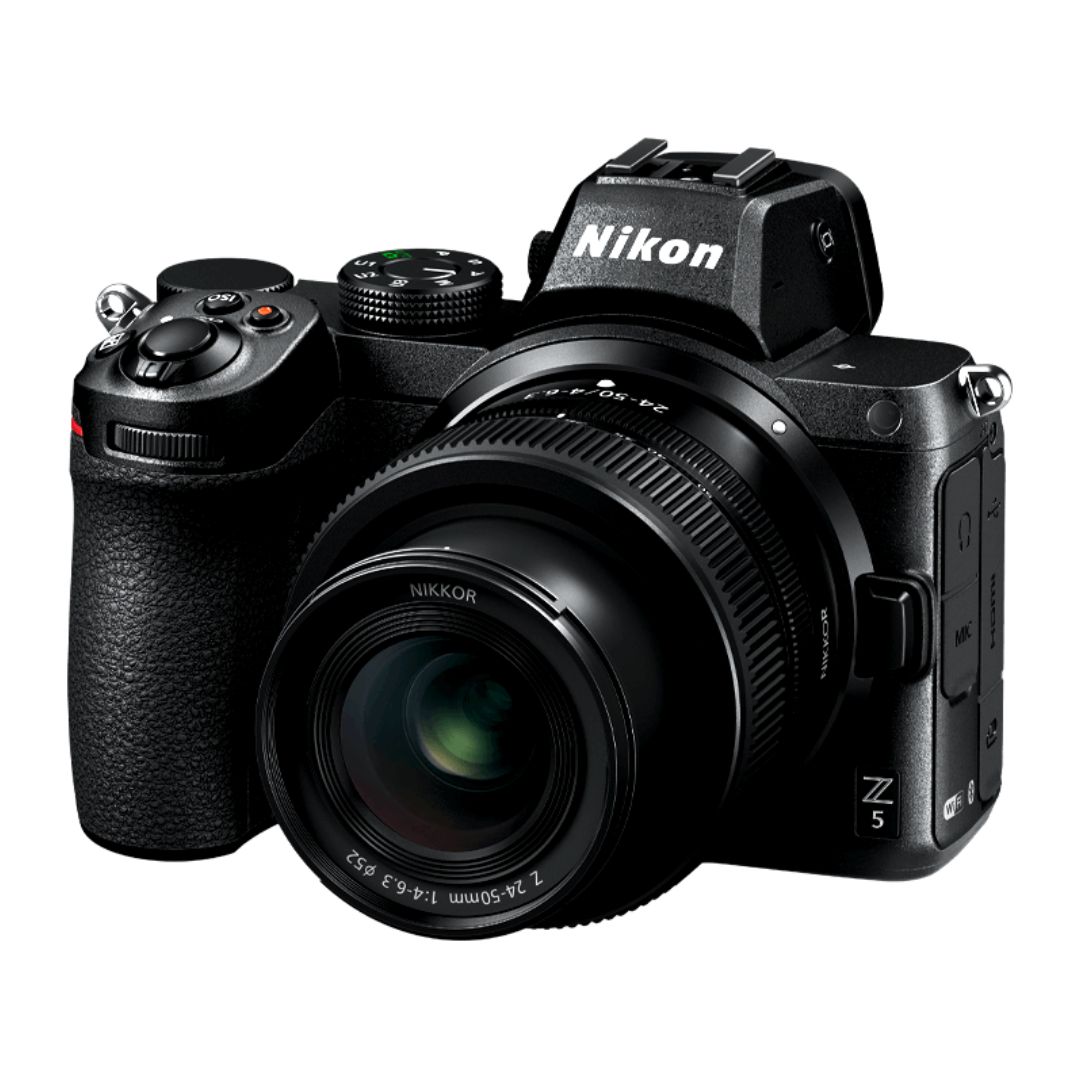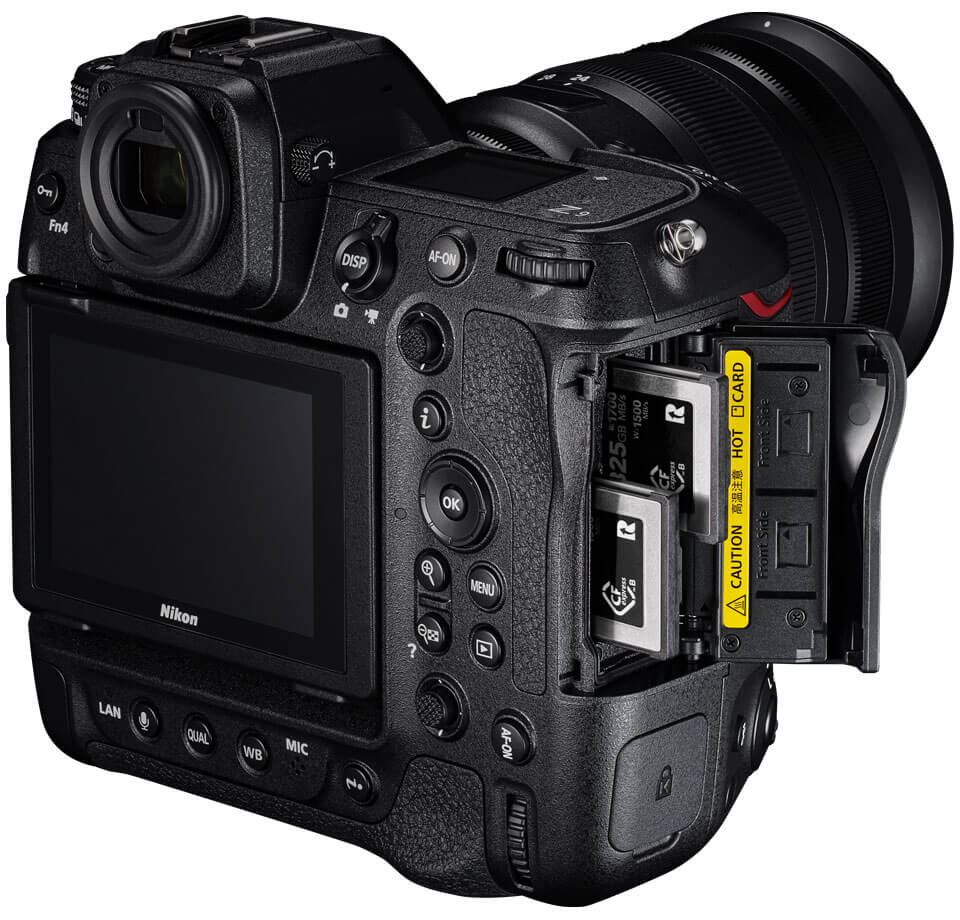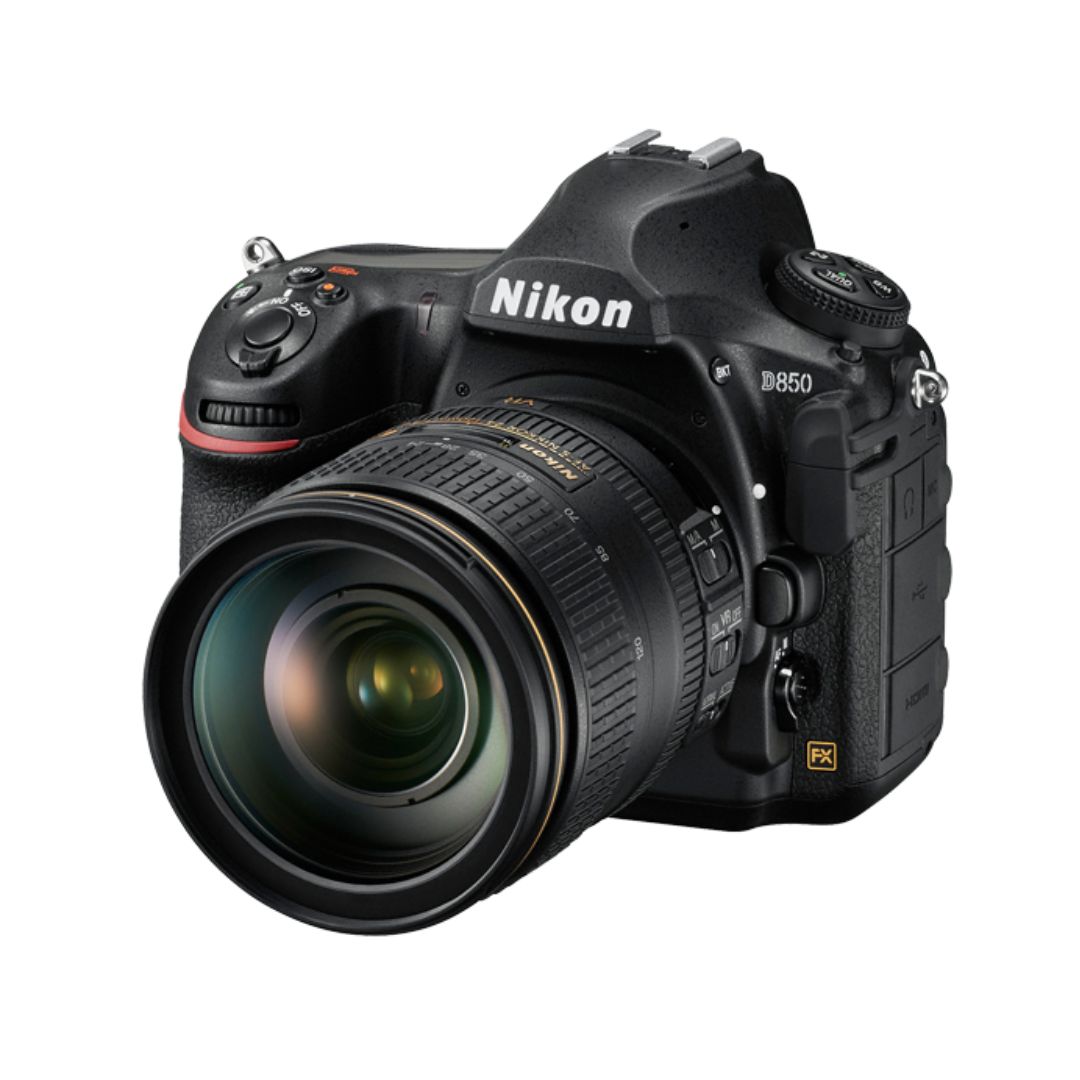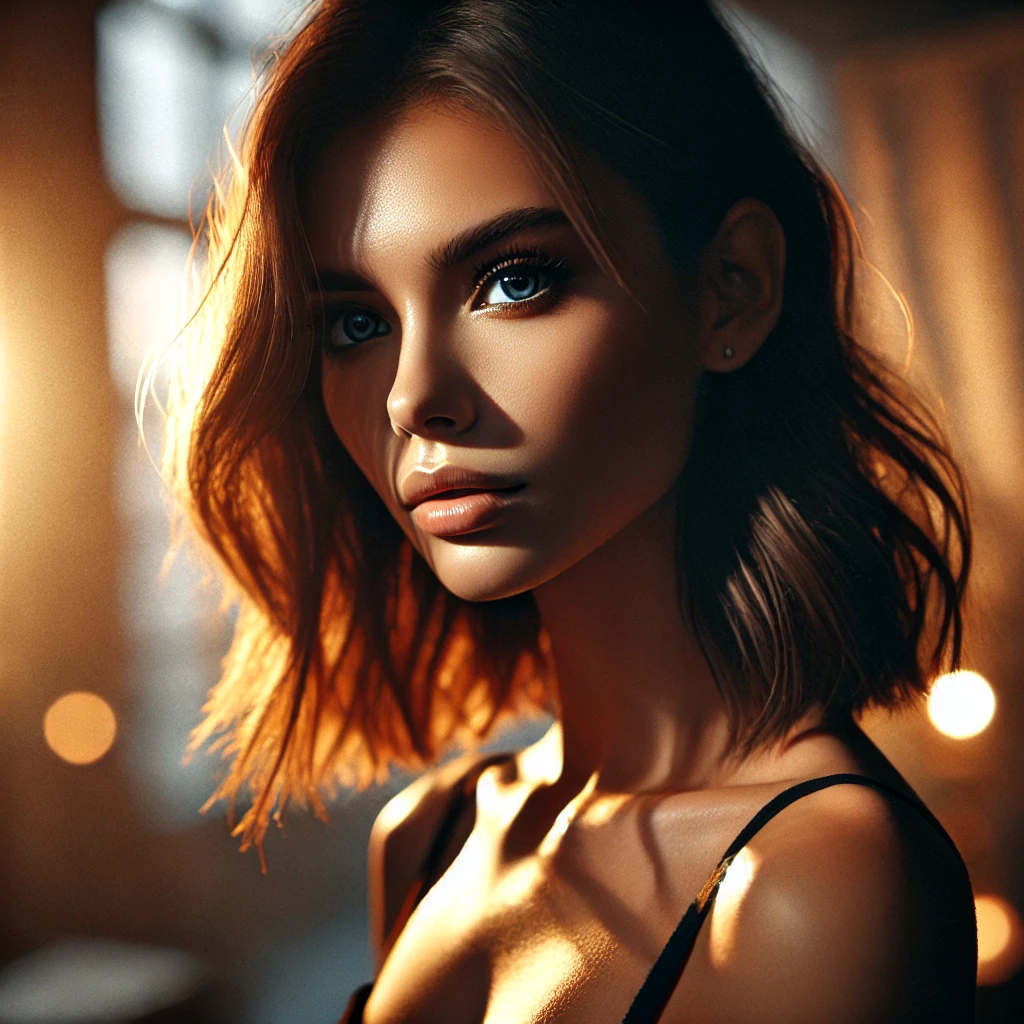Cinematic portraits capture emotion, depth, and storytelling elements through dramatic lighting, composition, and color. Using natural light effectively can elevate your portraits to a professional level. Whether you’re shooting in golden hour or using window light, understanding how to manipulate light and shadows will help you create stunning cinematic portraits.
Understanding Cinematic Portraits
Cinematic portraits are characterized by their dramatic lighting, film-like color tones, and storytelling composition. Unlike traditional portrait photography, which often prioritizes clarity and even lighting, cinematic portraits embrace shadows, highlights, and depth to evoke emotion.
Key Elements of Cinematic Portraits:
- Dramatic Lighting – Using natural light creatively to add contrast and depth.
- Storytelling Composition – Arranging elements in the frame to enhance narrative impact.
- Color Grading – Adjusting hues and tones to mimic film aesthetics.
- Depth of Field – Blurring backgrounds to keep focus on the subject.
Best Natural Light Sources for Cinematic Portraits
1. Golden Hour
The golden hour occurs shortly after sunrise and before sunset, producing soft, warm, and directional light.
- Benefits: Warm tones, soft shadows, flattering light.
- Best Practices: Position the subject slightly against the light for a halo effect.
2. Blue Hour
The blue hour happens right before sunrise and after sunset, casting a cool, moody tone.
- Benefits: Deep, atmospheric colors.
- Best Practices: Adjust white balance to retain the cinematic look.
3. Window Light
Indoor natural light is perfect for controlled cinematic portraits.
- Benefits: Diffused, soft light for natural shadows.
- Best Practices: Use curtains or reflectors to shape the light.
4. Overcast Days
Cloudy skies act as a giant softbox, reducing harsh shadows.
- Benefits: Even lighting without strong contrasts.
- Best Practices: Enhance mood by adding contrast in post-production.
Camera Settings for Cinematic Portraits
1. Aperture
- Use wide apertures (f/1.2 – f/2.8) for shallow depth of field and beautiful background blur.
2. Shutter Speed
- Keep shutter speed above 1/200s to avoid motion blur.
3. ISO
- Use the lowest ISO possible (ISO 100-400) to maintain image quality.
4. White Balance
- Adjust for natural skin tones; use warm tones for golden hour and cool tones for blue hour.
Composition Techniques for Cinematic Portraits
1. Rule of Thirds
Place the subject off-center to create a balanced, engaging composition.
2. Leading Lines
Use natural lines (roads, shadows, railings) to guide the viewer’s eye to the subject.
3. Negative Space
Leaving empty space around the subject adds mood and drama.
4. Foreground Elements
Blurring foreground objects adds depth and a cinematic touch.
How to Work with Natural Light
1. Backlighting
Positioning the light source behind the subject creates a dreamy glow.
- Best Used: During golden hour.
- Tips: Use a reflector to bounce light onto the subject’s face.
2. Side Lighting
Adding depth by lighting only one side of the subject’s face.
- Best Used: Window light, open shade.
- Tips: Adjust exposure to maintain detail in shadows.
3. Rim Lighting
A thin highlight outlining the subject’s shape.
- Best Used: Against a dark background.
- Tips: Slightly underexpose to enhance the effect.
Color Grading for Cinematic Portraits
1. Warm and Moody
Ideal for golden hour shots, using amber and brown hues.
2. Cool and Dramatic
Best for blue hour and overcast conditions, incorporating blue and teal tones.
3. Film Emulation
Replicating classic film stocks like Kodak Portra for a nostalgic feel.
Essential Post-Processing Techniques
1. Contrast and Shadows
Enhancing depth by adjusting the contrast slider in Lightroom or Photoshop.
2. Selective Color Editing
Fine-tune skin tones while maintaining the cinematic look.
3. Vignette and Grain
Adding a slight vignette and grain for a film-like effect.
Tips for Capturing Emotion in Cinematic Portraits
1. Directing the Subject
- Use storytelling prompts instead of static poses.
- Encourage natural movement.
2. Capturing Candid Moments
- Shoot between posed moments to get natural expressions.
3. Using Props and Environment
- Incorporate elements that add to the subject’s story.
Conclusion
Mastering cinematic portraits with natural light requires a combination of understanding light, composition, and post-processing techniques. By experimenting with different lighting conditions, compositions, and camera settings, you can create breathtaking cinematic portraits that evoke emotion and tell compelling stories.
Are you ready to capture cinematic portraits like a pro? Let us know your favorite techniques or share your shots with us!

Sony Alpha a7 IV: The Ultimate Camera for Photography

Nikon Z5 Review: Is It Worth It?
-

Nikon Z9 : Game-Changer for Photography
-

Top Features of Nikon D850 That Make It Ideal for Portfolio Shoots
Sony Alpha a7 IV: The Ultimate Camera for Photography
Explore the Sony Alpha a7 IV in this complete 2025 review. Learn how its pro-level features, real-world performance, and hybrid flexibility make it the ultimate camera for photography across genres like portraits, weddings, travel, and commercial work. Table of Contents Section 1: Introduction – Why the Sony Alpha a7 IV Stands Out The Sony Alpha…
Nikon Z5 Review: Is It Worth It?
In 2025, photographers—whether hobbyists, content creators, or professionals—seek equipment that blends value, performance, and future-readiness. Enter the Nikon Z5, a full-frame mirrorless camera marketed as a gateway to high-end imaging without a flagship price tag. But how well does it hold up under real-world demands like studio shoots, weddings, landscape adventures, and lifestyle photography? In…
Nikon Z9 : Game-Changer for Photography
Discover why the Nikon Z9 is considered a true game-changer for photography. This in-depth Nikon Z9 review explores key features, real-world performance, and how it excels in professional photo shoots in 2025. Table of Contents 1. Introduction The photography world witnessed a significant shift with the launch of the Nikon Z9, a flagship mirrorless camera…
Top Features of Nikon D850 That Make It Ideal for Portfolio Shoots
Discover why the Nikon D850 is the ultimate DSLR for portfolio shoots. Explore its top features—from resolution and dynamic range to autofocus precision and workflow speed—that help photographers create stunning, high-impact images for professional portfolios. Whether you’re a portrait artist, fashion photographer, or visual storyteller, a portfolio shoot demands technical excellence, creative flexibility, and uncompromised…
Candid Moments with Canon EOS R10: Lightweight & Reliable
In the evolving world of mirrorless photography, the Canon EOS R10 stands out as a lightweight yet powerful camera tailored for real-life storytelling. Whether you’re photographing street scenes, family gatherings, weddings, or spontaneous portraits, capturing genuine emotion requires a responsive and discreet tool. This article dives deep into how the Canon EOS R10 excels in…
Bold Portraits with Canon EOS R5: Is It the Best for Work?
Studio photography has always demanded precision, artistry, and impeccable gear. As the expectations for commercial portraits, fashion campaigns, and editorial work continue to rise, the tools we use must evolve. Enter the Canon EOS R5, a camera that has stirred the professional waters with its impressive technical specs and forward-thinking design. In this comprehensive Canon…


